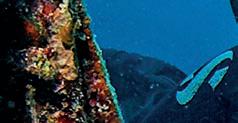
11 minute read
PALAU


Advertisement
As Rose Kefrig discovered, Palau has a lot to offer - sun, good hotels, excellent diving, currents, lots of wrecks, sharks, manta rays and a fair amount of historical stuff. The fact that ‘sex’ also comes into play was a new one to her!

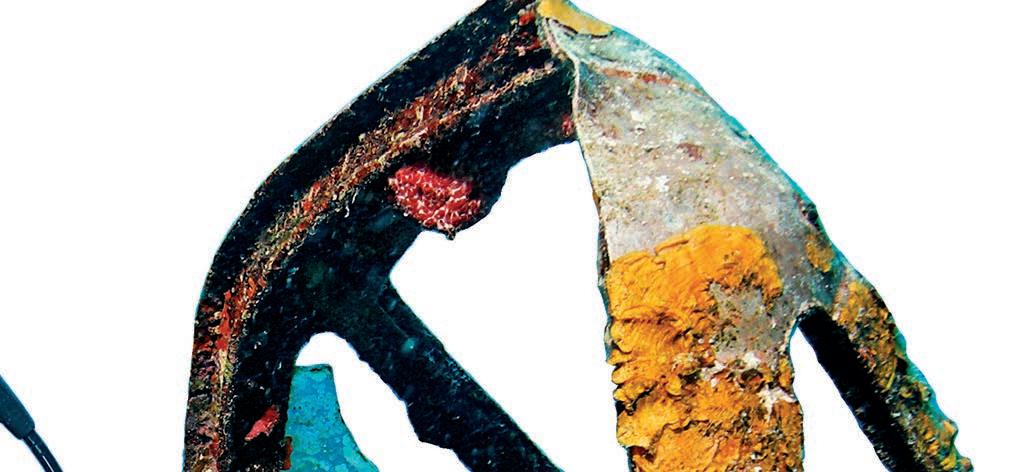
The archipelago is known to be one of the most-popular diving destinations in the world due to the biodiversity of the marine life and the pristine condition of its reefs. It’s not all just coral, though - there are several caves, tunnels to explore, not to mention wartime wrecks.

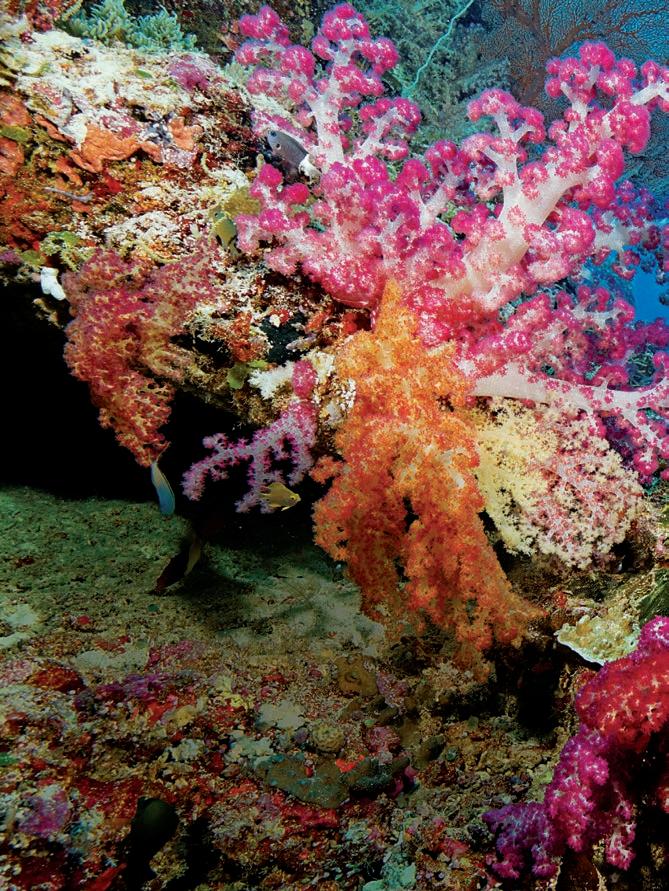
Every island has its own shape and unique characteristic. Situated between Guam, the Philippines and Papua New Guinea, the 434-miles-long archipelago of Palau, with its Rock Islands, boasts some of the most-unique natural wonders in the world. It is home to spectacular dive sites, wrecks, history, rich coral life, mass spawning, a rich diversity of fish, especially of the large predatory kind. And it has an unbelievable legend. Allegedly, Palau is made up of body parts - this is unthinkable! Legend has it that a woman on the island gave birth to a son named Chuab, who was so hungry the people of the island struggled to satiate him. But the more they fed him, the greedier and quicker he grew. Soon, he was taller than the palm trees and turned into a giant. The food was slowly running out and to make sure that the villagers could survive, an awful decision was made to kill the boy in his sleep. While the young lad was sleeping, they set him on fire. Incredibly, his body exploded, and his limbs flew in all directions. Out of his head emerged the island of Kayangel, Babeldaob out of his trunk, Peleliu out of his legs, Angaur out of his feet and the little Rock Islands ABOVE The Jake float plane TOP RIGHT Palau is renowned for its soft corals RIGHT Gorgonians brighten up a swim-through
out of his fingers and toes. As the islanders had fed the young boy well throughout his young life, they settled on the islands and were convinced that the boy would henceforth feed them. This is only a legend, but from above, Palau does look like a magical place. There are about 500 uninhabited green islets of coral limestone rising out of the turquoise blue waters, and it has the most-rigorous Micronesian nature conservation policy to protect its unique fauna and flora.
Palau Diverse language and cultural traditions meant that, despite intensive western influence in recent centuries, Palau was able to retain its independence. Which is why there are many reasons you should visit Palau; be it the exciting history, the unique dive sites in the area, or maybe you are fascinated by the many legends? It may be a long way from home, but Palau is easy to reach by plane and there are great deals on dive packages.
The history of the island It was somewhat more difficult to reach Palau for the
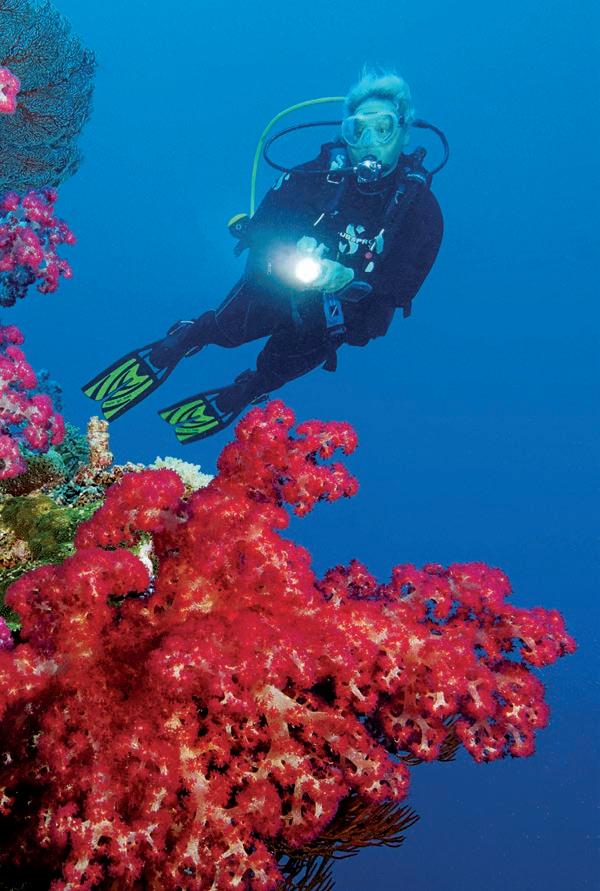

Spaniard Ruy Lopez de Villalobo. Searching for sea routes to eliminate his Portuguese competitors in Asia, he was the first European to reach the island state in 1543. But let’s fast-forward the history of the island. There is evidence that it has been inhabited since 1,000BC, although the origin of the first inhabitants is not known. It is suspected from Australia, Indonesia or Polynesia. Palau’s traditional form of society was a complex matriarchal system; the traditional belief Modekngei still exists today alongside Christianity. In 1783, the English captain Henry Wilson was stranded with his crew and unseaworthy ship Antelope in Palau. They soon settled, became merchants on the islands and introduced weapons. Soon, the locals used them in fierce disputes against each other and the village wars only stopped when the island was officially awarded to the Spaniards in 1885. However, after the Spanish-American War, war-torn Spain sold the island. This is how the German Reich acquired its ‘place in the sun’ between 1899 and 1914. The number of indigenous inhabitants was severely decimated at that time due to imported diseases. The Germans initiated numerous infrastructure projects, built coconut plantations and improved medical care. The island of Angaur, which lies outside the reef, was diligently exploited for rich phosphate mines and shipped to Koror. At the beginning of the 20th century, to shorten the transport route, a passageway was blown through the coral reef from Angaur Island outside the reef to the north-eastern port of Koror. Nowadays it is known as the ‘German Channel’, a kind of sea motorway which shortens the way for divers to well-known places like Blue Corner and the renowned Blue Holes in the south-western outer reef. But it is not only the corals, fish, manta rays and sharks that attract diving tourists. Numerous warships and aircraft wrecks rest as silent witnesses on the sandy seabed.
Testimonials of today On the little island of Ngermeaus, a stone path leads past old Japanese cannons and destroyed relics. Despite nature taking control, there are signs of a time when Palau came under Japanese control in 1914, where phosphate continued to be exploited and the island was used as a military hideout. Despite an agreement, from 1933 Japan began to massively expand Palau as a military fort because of its sheltered location as a base both for the air force and navy and as a supply base. These included two airfields, one on Peleliu in the south and another on Babeldaob, the largest island in the archipelago, where today’s capital Melekeok is located. It was also designed for long-range aircraft; in addition, there were landing facilities for seaplanes, piers for submarines, anchorages for ships of all kinds with

ABOVE The Jake float plane
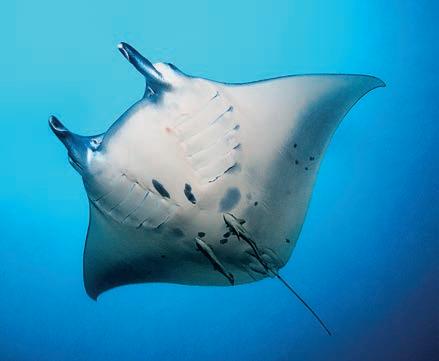
LEFT Manta ray
Fiji’s Premier Diving
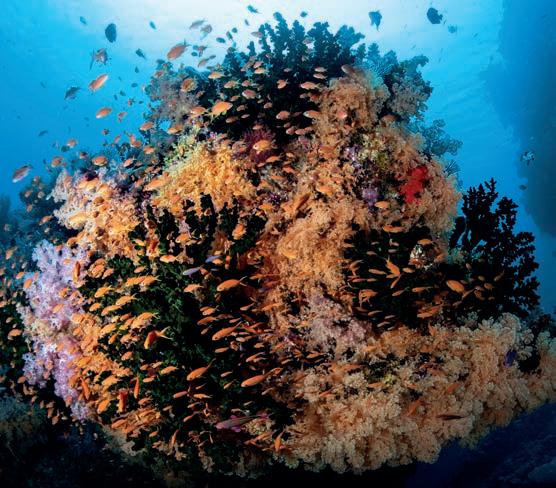

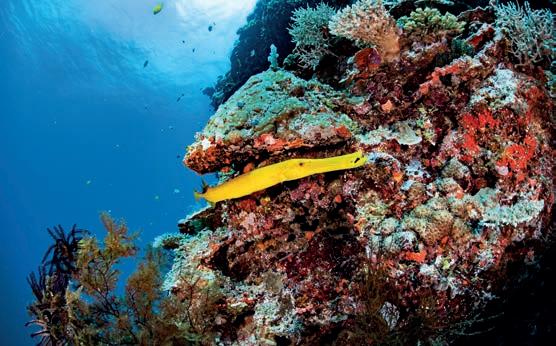
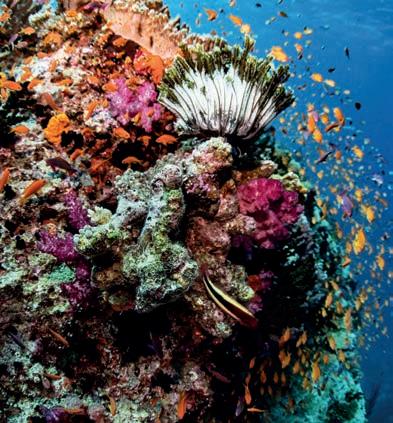




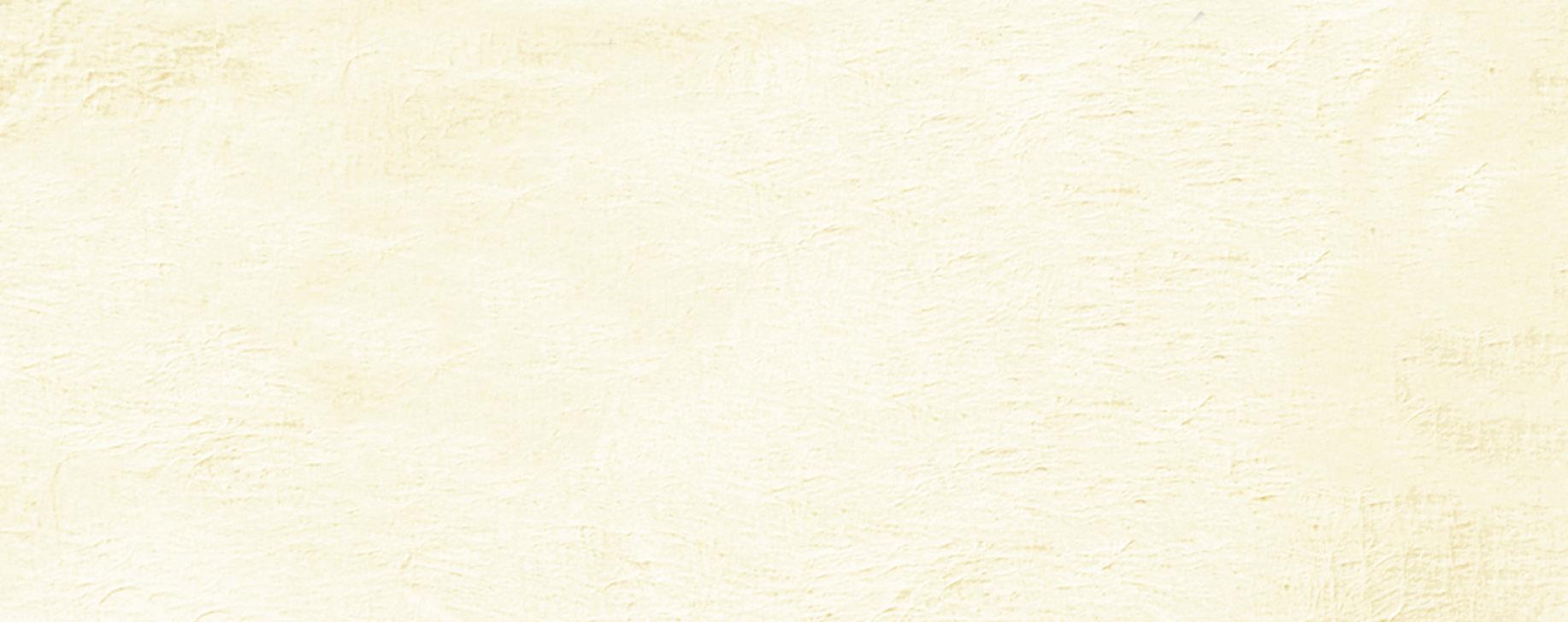
Experience the best diving Fiji has to offer, catering to beginners through the braggers Volivoli Beach Resort is the perfect fit for you!
DIVE FIJI WITH FIJI’S PREMIER DIVE RESORT
Philippine Sea

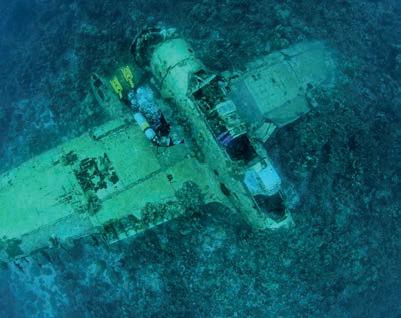
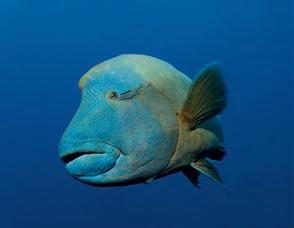
Palau International Airport (ROR)


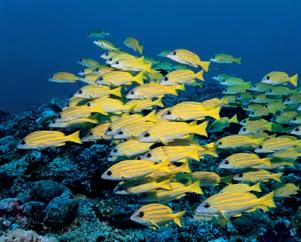
North Pacific Ocean
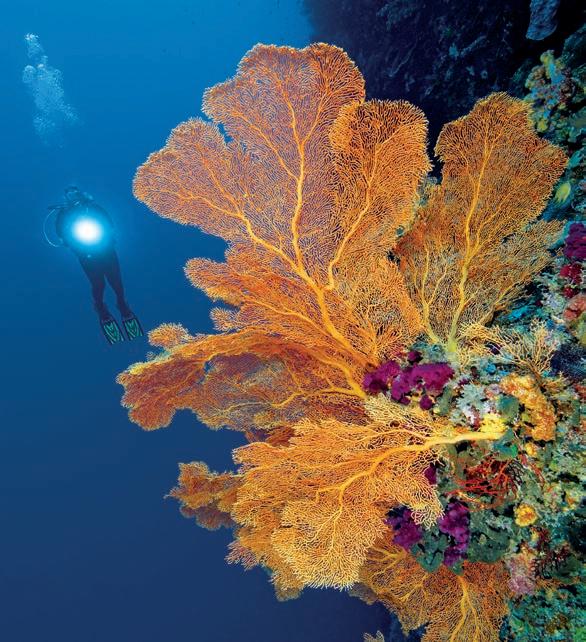
Among other things they offer scuba diving, snorkeling, Rock Islands tours, as well as shore excursions and kayak tours. The full-service dive center offers both beginners and professionals unique diving experiences as well as training according to PADI standards up to diving instructor. Certified divers receive nitrox up to 32 percent for free. Sam’s Tours is a pioneer in the introduction of Black Water Diving in Palau and a leader in the scientific exploration of mass spawning phenomena that guests can experience in small groups during the Unique Dive Expeditions. Sam’s Tours is also the only dive centre in Palau to receive the ‘Partner in Conservation 10 Year Award’ from the Palau Conservation Society. www.samstours.com
appropriate fire-fighting facilities, communication and repair facilities, fuel and weapons depots. During the Palau battles of 1944, no less than 60 Japanese ships and over 200 aircraft were destroyed by the end of the war. The Americans lost a minesweeper, 40 aircraft of various types, 50 Corsair aircraft and eight B-24 bombers. The Battle of Peleliu and Angaur Island in 1944 is known in history as one of the bloodiest of the entire Pacific War. Many of the ships that were sunk were salvaged due to a shortage of raw materials, however several remain as great diving attractions. They include the Iro, Buoy Nr. 6 Wreck, Chuyo Maru, Helmet Wreck and Jake Float Plane.
Diving on Palau We visited the world-famous Jellyfish Lake on the uninhabited limestone island of Eil Malk. The jellyfish that normally populate it have no poisonous tentacles, so snorkelers can swim safely through the ghostly animals. You must also check out the imposing Chandelier Cave, a tunnel system under the tidal zone that leads to the interior of an island. It consists of four chambers, and in some, you can breathe freely. We then headed off to a dive site called Blue Corner. This spot promises a lot of variety, especially when the current is ripping. Almost as if on command, countless reef sharks and gray reef sharks with impressive proportions gather at this spot. And, if all that doesn’t take your breath away, sit back with a sundowner and enjoy the stunning sunsets at the Bottom Time Bar and Grill, with specially designed tables and fresh local food. We too enjoy the culinary delights and I make my way to the bar to order a drink. There, I notice a

TOP LEFT Huge gorgonian seafans
ABOVE Turtle chilling on the reef
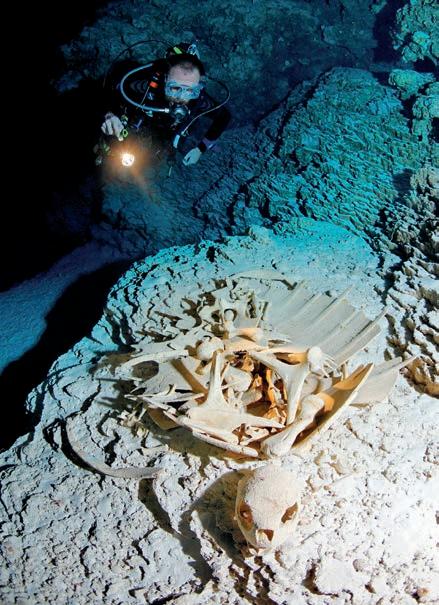
LEFT Turtle skeleton in one of the caves
ABOVE Stalactites and stalagmites inside Chandelier Cave
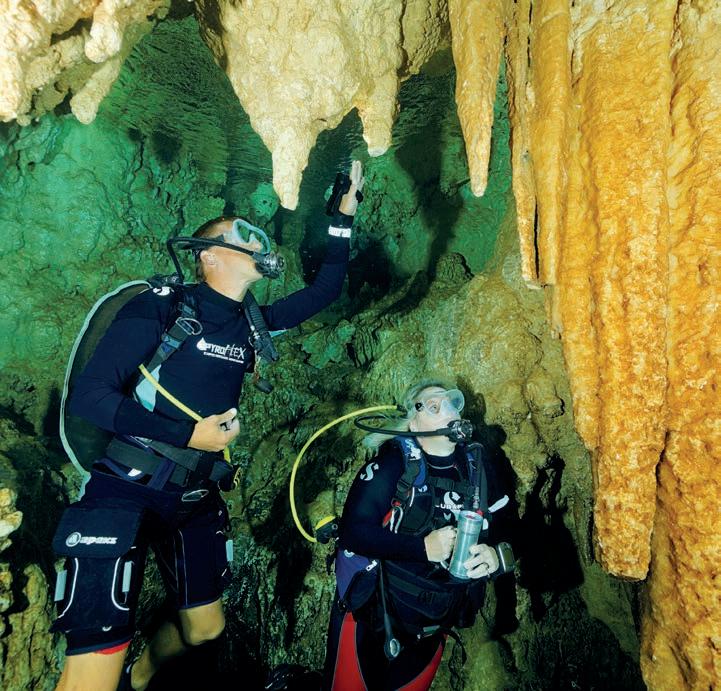
somewhat glum-looking chap staring forlornly into an empty beer glass. With a polite ‘hello’, I ask what seems to be troubling him. Like a shotgun, he answers ‘Porno’! This was not the answer I expected and felt myself blush. But then he gave a big grin and said: “Actually, fish porn, I’m Paul and we run Unique Dive Expeditions at Sam’s Tour and offer divers special events like the red snapper spawning, which you are doing tomorrow”.
Tantric love ritual “When I say dive, you dive, no time to hang about. No extras for the photographers, we are not waiting for you” - Welshman Paul Collins barks his orders. It’s a straight descent but everything goes smoothly, and everyone assumes a position in a dreadful current. What the hell are we here for? Oh yes! Raw ‘fish sex’! Within seconds, thousands of red snapper hang over our heads. It’s a bit kinky watching a massive fish gang-bang and I felt like a ‘Peeping Tom’ observing the masses of silvery, glistening bodies rub against each other and releasing clouds of sperm and eggs into the water. We are not the only ones observing this spectacle. Gigantic bull sharks prey on the sex-mad fish. Time and time again they shoot into the ball of fish, disrupting their pleasure for a mere minute. The current is pumping, and I find it totally exhilarating. Palau has many fantastic dive sites, is rich in adventure, fauna and flora - you simply must do the out-of-the-ordinary to experience the extraordinary and visit this magical Eden of Palau. n
WHAT YOU NEED TO KNOW
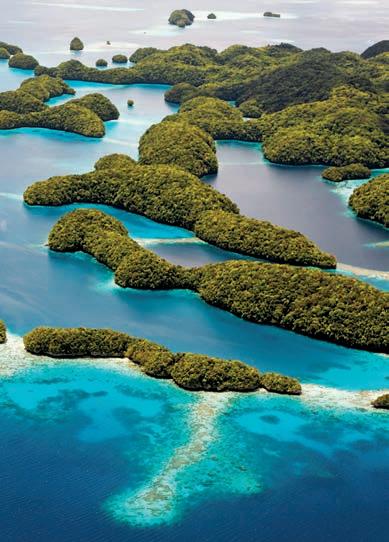
Palau
GETTING THERE There are various routes to get to Palau from the US and Canada. You can come in via Honolulu, with hopper flights through Guam and Yap, or via connecting flights from Seoul in Korea, from Taiwan, or from Manila in the Philippines.
WHEN TO GO Micronesia and Palau have a hot and humid but balanced maritime climate with little seasonal variation in temperature. The driest months are February to April. During the monsoon season (July to October), heavy rainfall is possible in the morning and evening.
CURRENCY The currency is the US dollar, though resorts will take credit cards.
ENTRY REQUIREMENTS A valid passport and one flight ticket for departure. If you want to stay longer than 30 days in Palau, you need an extension permit. Airport tax on departure.
ELECTRICITY The supply is the same as the US and Canada, so no needs for adaptors.
Palau’s premier scuba diving and eco-adventure company



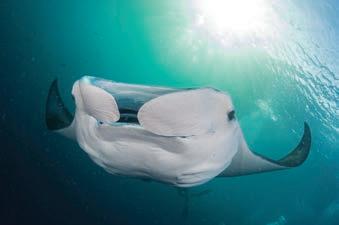

Tel: +(680) 488-1062
NITROX MARINE PARK FEES TRANSFERS WINE WITH DINNER FUEL SUPPLEMENTS TAXES








